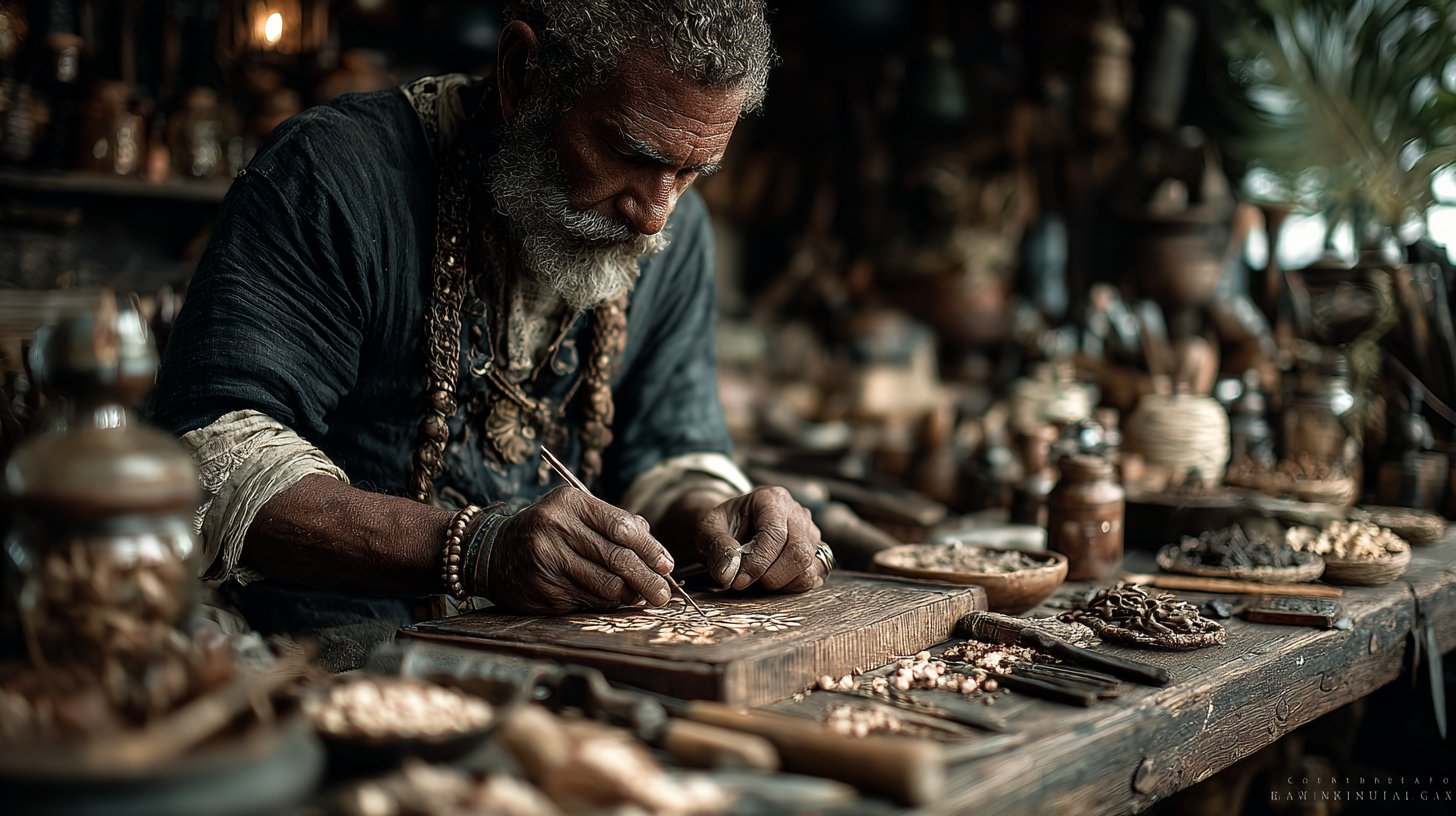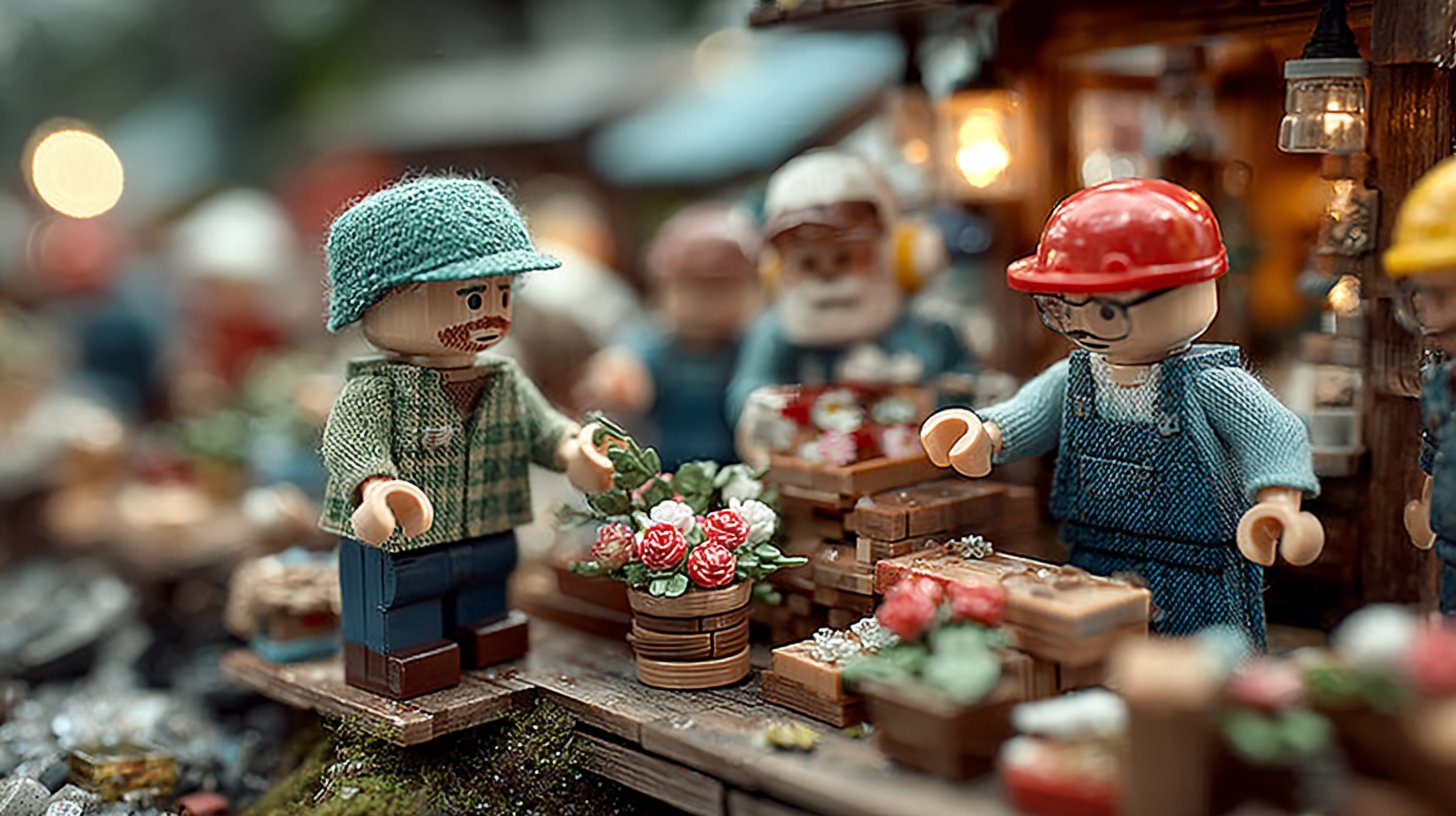How Traditional Craftsmanship Shapes Today's Markets

Cultural heritage, craftsmanship, and retail are three keywords that illustrate how valuable and unique traditional manufacturing techniques are in the modern business world. This connection is significant not only for the identity of a culture but also provides an interesting basis for the development of trade in the digital age.
In a world shaped by mass production and consumption, there is a growing longing for authenticity and quality. Craftsmanship offers just that: pieces made with dedication and care, telling stories and bringing the heritage of a country into the present. When you browse in a small shop nowadays, you often find products that are not just items but artworks that carry cultural significance.
The Return of Tradition
The return to traditional manufacturing methods is a phenomenon that resonates with many people. Especially in a time when technological innovations seem to be the norm, it is often easy to lose sight of one's roots. The interest in handmade products has surged as consumers place increasing value on sustainability and local production. Manufacturers who maintain their craftsmanship not only show respect for heritage but also contribute to strengthening their communities.

In retail, ancient crafting techniques have once again found a place. Many small shops and boutiques distinguish themselves from large chains by focusing on local products and traditional craftsmanship. Whether it is hand-woven textiles, handmade ceramics, or custom-made jewelry—these items attract buyers who seek uniqueness and origin. These stores often contain the passion of an entire craftsman, which is reflected in the quality and manner of sale.
Modern Markets and Their Challenges
The challenge for traditional craftsmanship in retail is to assert itself in an increasingly digitized market. While online shopping is convenient, it often gives small business owners headaches. Nevertheless, there are business models that take digital transformation into account, allowing traditional craftsmanship to thrive online. However, an online shop must offer more than just products—it must also tell stories about the origin and production of the goods. This creates an emotional connection with the customer and can significantly influence the purchasing decision.

Social media platforms are essential tools in this regard. They enable craftsmen to share their stories in the form of videos, images, or live broadcasts. Through creative content, traces of old traditions can be woven in, appealing to customers and raising awareness of the importance of craftsmanship. Ultimately, this interaction allows for a closer relationship with customers, as they are motivated to buy local products through an understanding of the processes and craftsmanship.
Conscious Consumption for the Future
Conscious consumption is one of the most important trends of the future. More and more people are recognizing the importance of choosing where and how they purchase their products. Traditional craftsmanship, based on quality, individuality, and sustainability, offers an excellent alternative to mass production. You can support the local economy while expressing your own style. Every purchase can be a decision that preserves and promotes cultural heritage.

So the next time you are about to buy an item, remember that your decision can have significant repercussions. Support the small shops and artisans in your community. With every purchase, you not only uphold traditions but also contribute to a more sustainable and conscious lifestyle. This way, you help carry the art of craftsmanship into the future and keep the heritage alive.
Overall, the merging of traditional craftsmanship and modern retail shows us how important it is to have roots while looking to the future. The preservation and promotion of cultural heritage is not just the task of craftsmen—it is up to all of us to appreciate and pass on these traditions.
Let us work together towards a future where handmade products hold a central place in retail. By choosing the special, we create a vibrant shopping landscape characterized by diversity and zest for life. And that's anything but boring!


